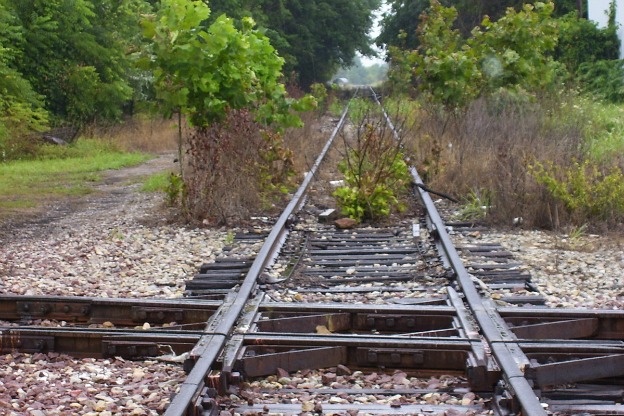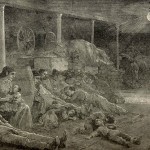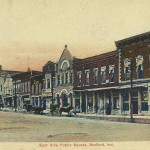The village of Pinhook, Indiana, was settled shortly after Indiana became a state, probably in 1818. It was located in south-central Indiana, in what is now Lawrence County. Although the area attracted a general store and a few other businesses, churches, houses, and farms, Pinhook never grew into an incorporated town. If an account in the Indiana Journal is correct, during the 1850s when a great boom in railroad building was taking place across the Midwest, a railroad was planned that would have started at Lafayette, in western Indiana, run through Pinhook (among other places), and ended at the Indiana border across from Covington, Kentucky.
That particular rail line never materialized. Pinhook remained a small settlement, known chiefly for its odd name. One local story had it that the roads in the area were so curvy that one segment resembled the shape of a fishing hook. Unfortunately, the stories that have persisted the most strongly are less flattering and are related to the illegal purchase of alcohol. In the early days of the village, according to other local tales, no merchant had a permit to sell liquor. One enterprising businessman offered a deal to local men — buy a metal pin bent into the shape of a fishhook from his establishment and he would give the buyer a free gift —a shot of whiskey.
Today, Pinhook, Indiana boasts two churches, a cemetery, and several nearby farmhouses. But the unknown business owner who may have given the place its name is long gone.
Sources: Ronald L. Baker and Marvin Carmony, Indiana Place Names (1975); Victor M. Bogle, “Railroad Building in Indiana, 1850-1855,” Indiana Magazine of History 58 (Sept. 1962)























